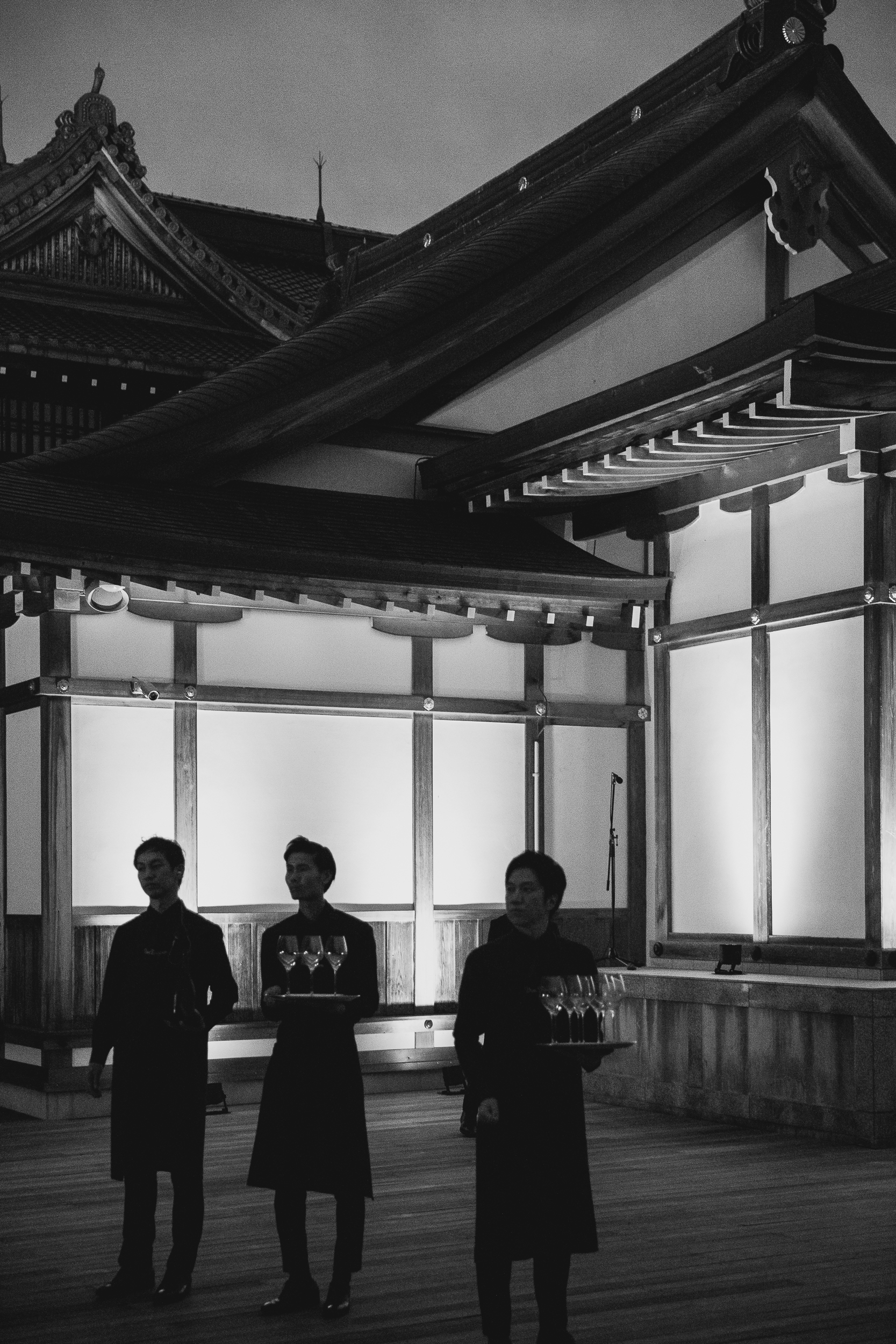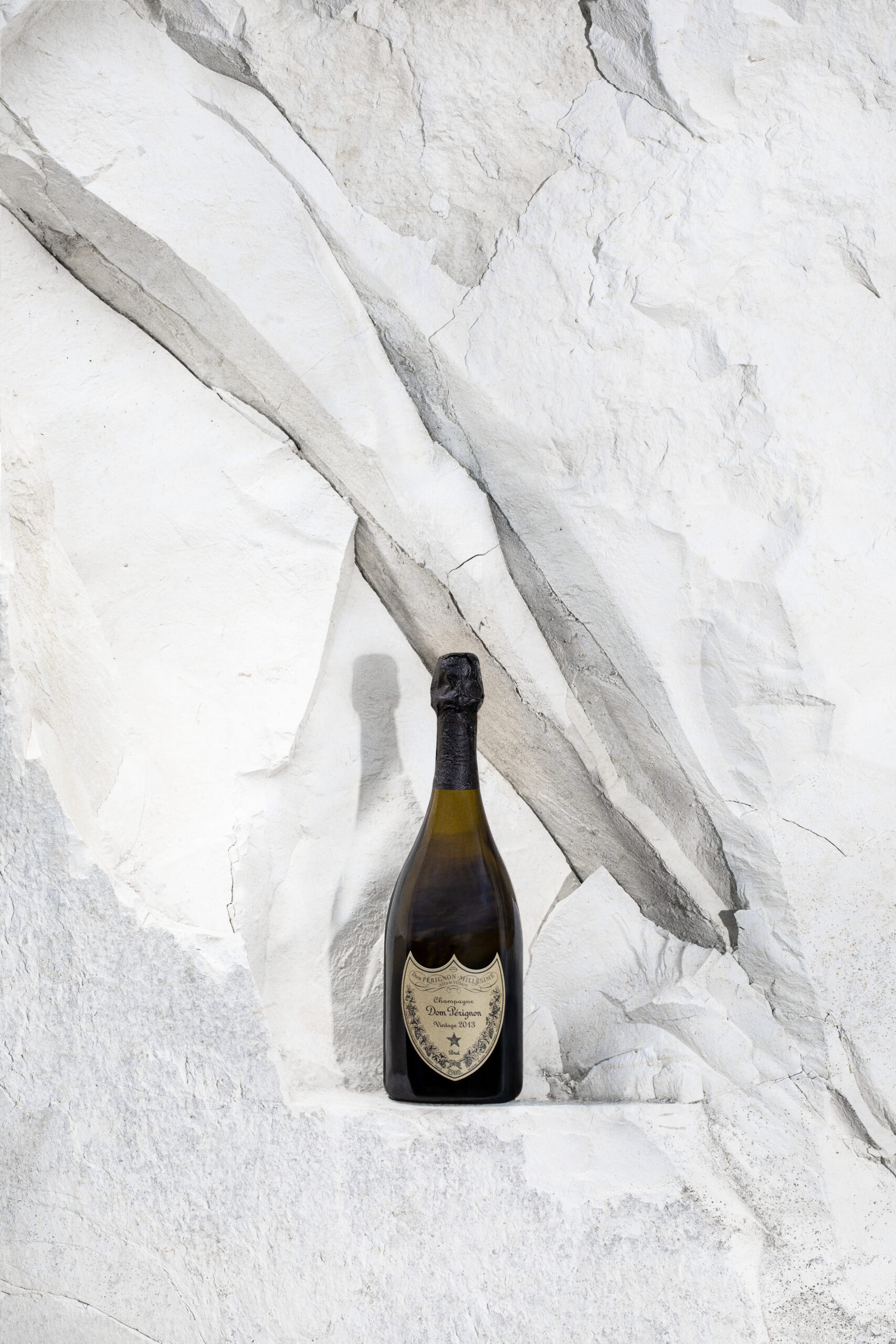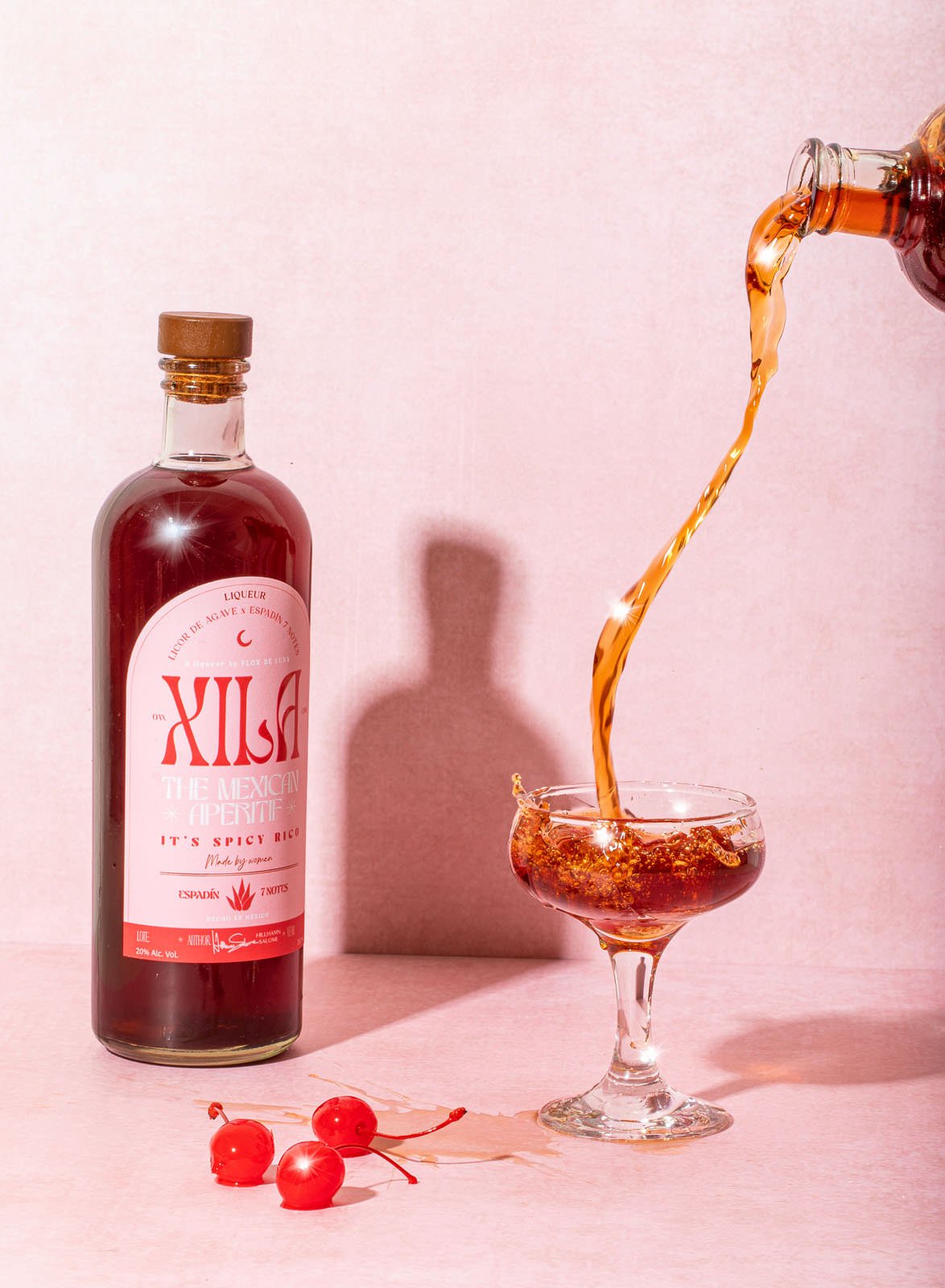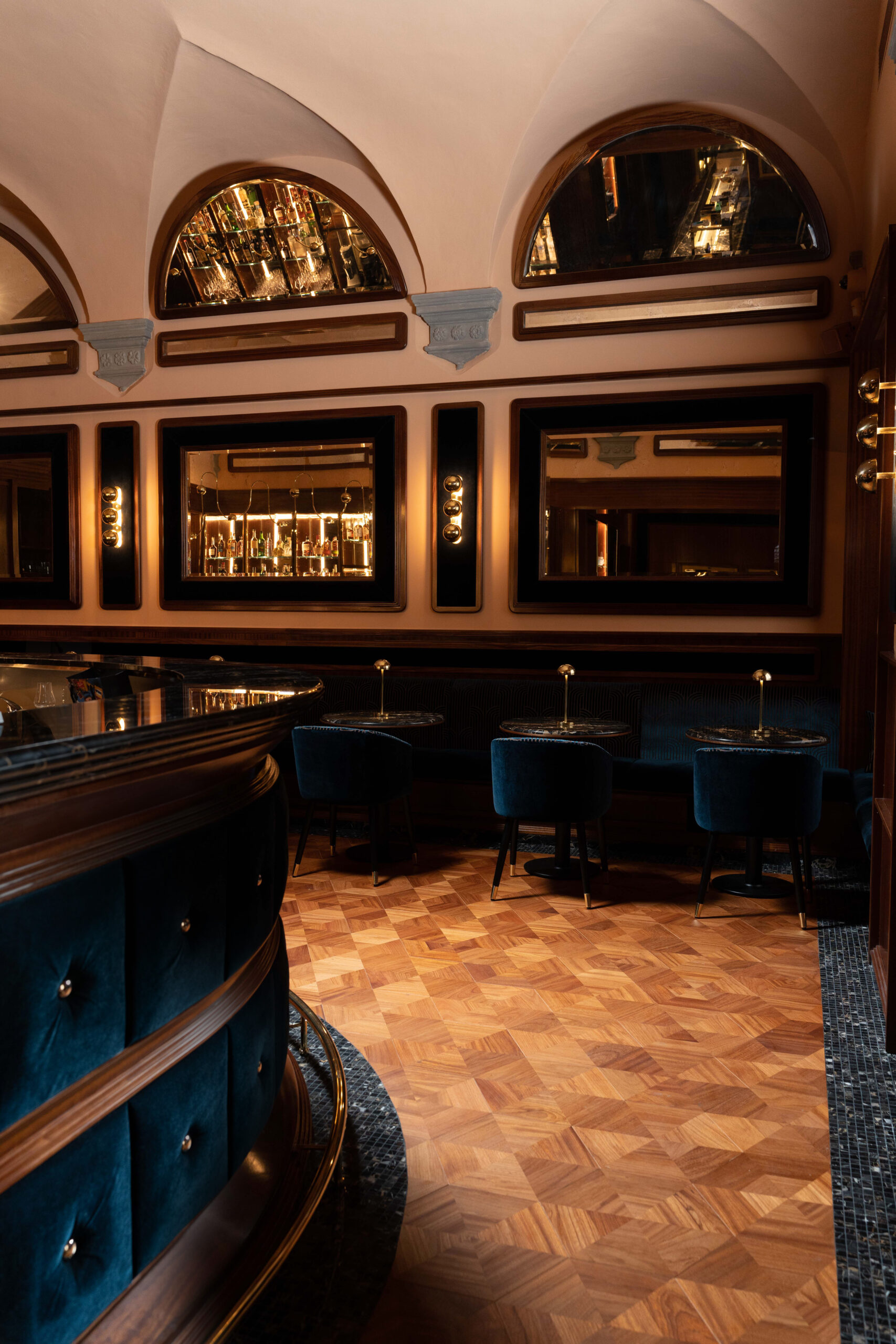Dom Pérignon 2010: A Vintage From a Lost Year
Wild bet.
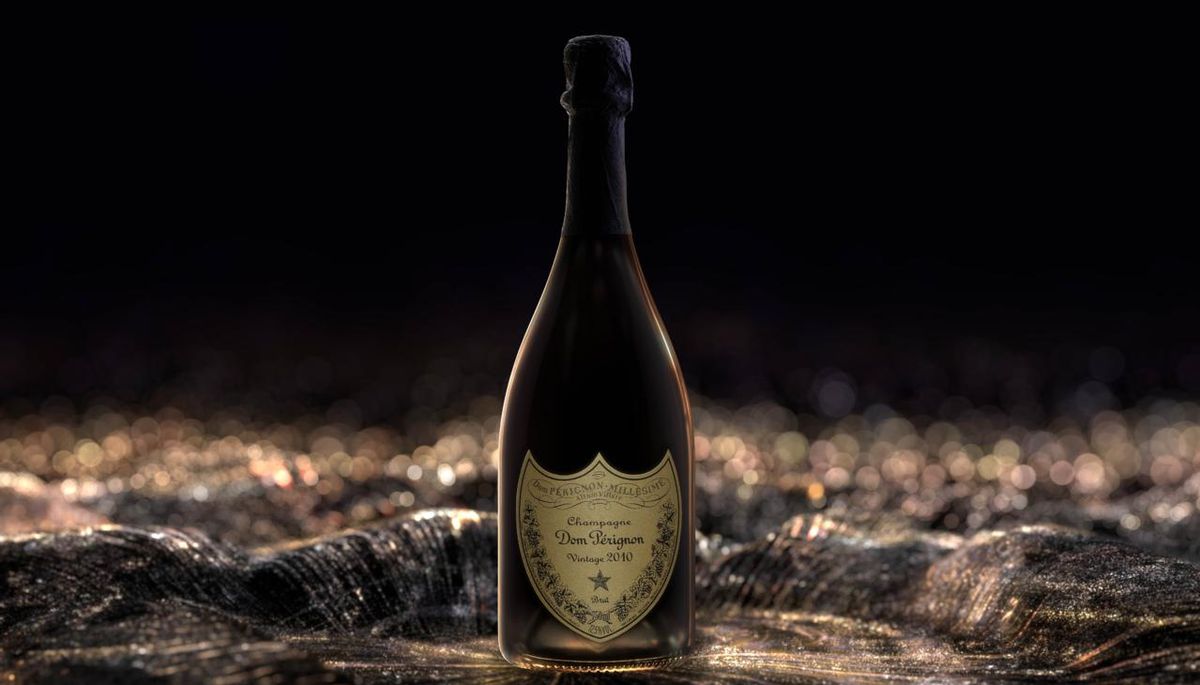
Saying that 2010 was a bad year for champagne would be an understatement.
The vintage seemed off to a good start, with exceptional weather conditions early on. Suddenly, in mid-August, everything changed. The equivalent of two months of rain fell in just two days. With the heat and the water, maturation was fast and generous, but botrytis mould began attacking the pinot noir grapes.
Relatively small in quantity, the yield was worsened by the sorting methods necessary after a delicate harvest. For even the most attentive vineyards, the vintage wines ended up being rare or nonexistent.
Even more surprising, Dom Pérignon decided to release a 2010 vintage, making it one of the only houses to release one from that year.
“We did because we were able to anticipate the problems from the beginning,” explains Vincent Chaperon, cellar master for Dom Pérignon since 2019.

Vincent Chaperon.
From Bordeaux, he joined the prestigious house in 2005, first as an observer. After 13 harvests and four vintages alongside his predecessor Richard Geoffroy, Chaperon took over the prestigious role. He now unveils the Dom Pérignon 2010, a vintage he saved in extremis.
After micromapping conditions on hundreds of vineyard plots, he decided to delay picking 20 per cent of the pinot noir that would become too botrytis-infected before reaching the desired ripeness.
“It was the only way to focus all our resources to be in the right place at the right time and pick glorious pinot noir at the right level of ripeness” Chaperon explains.
“We were aware that we would have to accept the loss of part of the harvest to save the best parcels and try to create Dom Pérignon. Dom Pérignon Vintage 2010 is a daring gamble, the result of a commitment to express nature, but also of the freedom that allows for all kinds of audacity,” he adds.
The result is a final blend of 54 per cent chardonnay and 46 per cent pinot noir. It is fresh on the nose, with some tropical notes and a fruitiness that is almost overpowering at first. On the palate, the acidity is surprising, with hints of spices and pepper, and some floral notes peeking through on the finish. It is bold, well balanced, and overall superb for what was initially supposed to be a disastrous vintage.
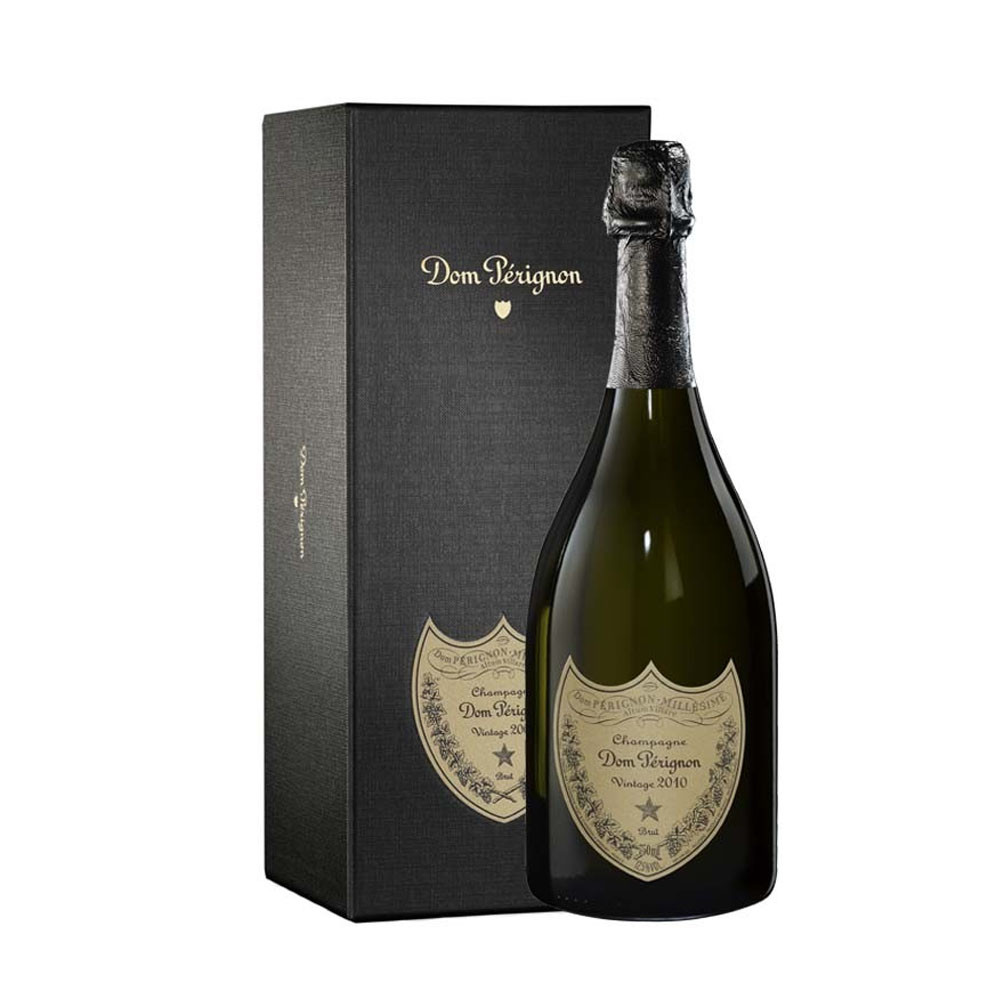
“Great wines are about a moment and a trajectory, which perfectly applies to the 2010 vintage. To make great champagne, it is necessary to understand what is at stake and what is not yet obvious. To understand the risk to come, to have the intuition, to be one step ahead to justify the deployment of resources and to set up a harvesting strategy,” Chaperon notes.
As one of his next initiatives for the house, he plans on continuing to invest in new research and technology to be prepared to face the next environmental challenges.
If the soil is the starting point for important work on biodiversity (nourishing the soil to encourage biological activity, progressively eliminating herbicides, and generalizing grassing), the first factor of adaptation lies in the genetic diversity of the vines. Dom Pérignon and Chaperon are working to enrich and preserve this resource, first by selecting in their plots the vines that are best adapted for tomorrow but also by integrating their vineyards into a larger ecosystem to recreate biodiversity.
“Dom Pérignon is about a permanent invitation to embark on a journey. The vision that guides me is to make Dom Pérignon a house where everyone can aspire to elevate themselves through the discovery of the dialogue between the most elementary nature and the most elaborate culture,” Chaperon concludes.





